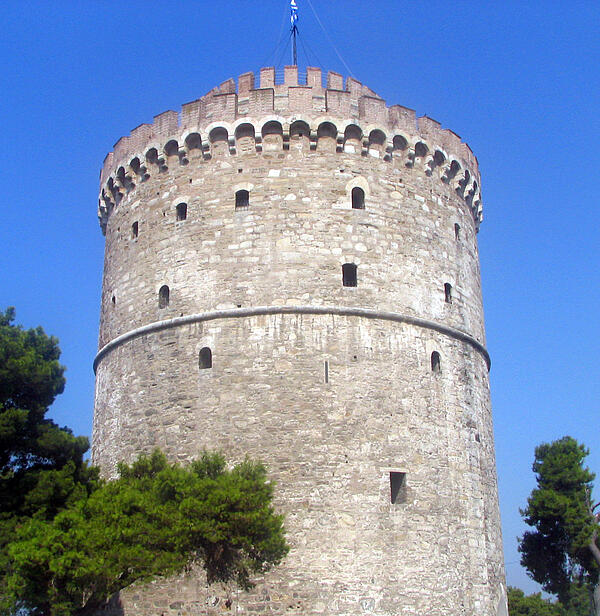Castles
The Normans were known for being expert castle builders. England saw a major castle building operation after 1066 under William the Conqueror’s command. Motte and bailey castles were built first, and when William had founded his reign over England he constructed large stone keep castles. Concentric castles were built by Edward I’s reign.
Castles were a great opportunity for the Normans to further control England. The English population was a lot bigger than the Normans so the Normans had to set a fearsome atmosphere for the English, so there would be less chance of them rebelling.
Castles displayed Norman power and strength, and could easily be seen and acted to warn the English nation that they were being lived in by Norman soldiers, meaning any efforts to uprise would be strongly opposed.
Norman soldiers also had a secure living space thanks to the castles. William built a temporary castle at Pevensey for housing his troops upon their landing in September 1066 - a motte and bailey castle. They were soon built throughout England after the Battle of Hastings in order that the Normans could establish control.

Motte and Bailey castles were: made of wood, easy to put up and repair, large enough for soldiers to safely live there, a great height since it was built on a motte, provision for the Normans to see the English during the day, a man-made hill which could shelter animals as they were built up high, and easily seen by local peasants.
The weaknesses of motte and bailey castles included being made from wood, as the castles could not be large sizes and the wood would rot from being rained on. Wood becomes weaker as it ages, can burn easily and the motte could collapse with the castle’s weight if it was not large enough to hold bigger troop sizes.
After William felt the English had been firmly put in their place around the country, he went on to build more castles which would last for centuries - square keep or stone keep castles. The White Tower at the Tower of London is the most famous example and Rochester Castle in Kent is a good Norman square keep example.
Square keep castles were made of stone to last longer - stone was guaranteed not to rot so these castles were much stronger than wooden motte and bailey ones. Because of the strength of stone it can be built up to provide an advantage in height and giving a good view for miles. The walls could also be made very thick, meaning they were very strong. Rochester Castle’s walls are at least ten feet thick in several places. Stone keep castles were a lot bigger than motte and bailey castles and were able to hold more soldiers. Because of their vast size they were much harder to attack.
However, they had two main weaknesses - there was nothing to be done if the enemy surrounded except remain in the castle. If the enemy attacked, they could decide to just starve out and surround you - not much could be done if this happened.
Much time passed and people in positions of power were more comfortable and could afford to build larger ‘concentric’ castles. Concentric castles were bigger than square keep castles and Edward I is the king most linked with them since he built quite a number of concentric castles in north-west Wales. Edward saw this area as being a vulnerable section of his kingdom and that he was unable to trust the Welsh - hence why he built huge castles as a way of demonstrating his power to them. Other troops could come together in larger castles so the Welsh saw the threat in that area very clearly. Edward’s most well known castles can be found at Caernarfon, Beaumaris, Conway and Harlech.
MLA Citation/Reference
"Castles". HistoryLearning.com. 2025. Web.
